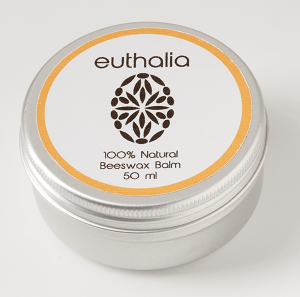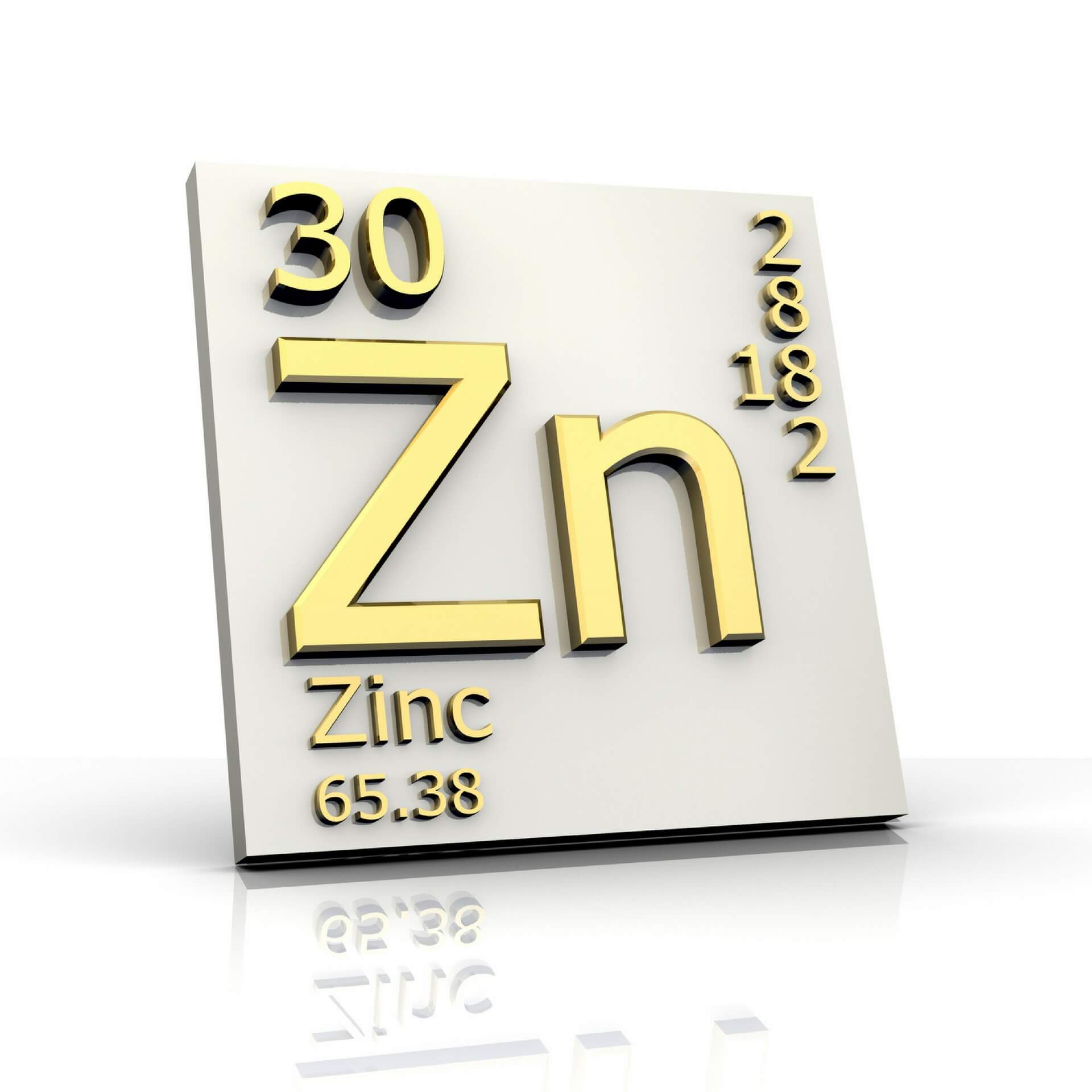
Ψευδάργυρος-Ανασκόπηση
Εισαγωγή O ψευδάργυρος (Ζinc-Zn), αποτελεί μετά τον σίδηρο το πιο συχνό ιχνοστοιχείο του ανθρωπίνου οργανισμού διαδραματίζοντας καθοριστικό ρόλο σε πολλές οργανικές λειτουργίες. Ο ψευδάργυρος βρίσκεται σε μια ευρεία ποικιλία τροφίμων. Τα στρείδια περιέχουν περισσότερο ψευδάργυρο από οποιαδήποτε άλλα τρόφιμο. Άλλες καλές πηγές ψευδαργύρου είναι [...]

Supplement Use and Risk of Cutaneous Squamous Cell Carcinoma
Maryam M. Asgari, MD MPH1, Mary-Margaret Chren, MD, E. Margaret Warton, MPH, Gary D. Friedman, MD MS, and Emily White, PhD Abstract BACKGROUND— Laboratory and epidemiologic studies suggest that certain dietary supplements may alter risk of cutaneous squamous cell carcinoma (SCC). OBJECTIVE— To examine [...]

Probiotics for Preterm Neonates: What Will It Take to Change Clinical Practice?
Abstract Necrotizing enterocolitis (NEC) is a major cause of mortality (25%) and morbidity including recurrent sepsis, dependence on parenteral nutrition, need for surgery, and survival with short bowel syndrome in preterm very low birth weight infants.Mortality (45–100%) and morbidity including the risk of long-term [...]

Effect of zinc gluconate on propionibacterium acnes resistance to erythromycin in patients with inflammatory acne: in vitro and in vivo study
Tetracyclines and macrolide antibiotics have been in use for acne treatment for more than 20 years. Since 1992 increasing resistance to these antibiotics, and especially to erythromycin, is reported with Propionibacterium acnes. Zinc salts have demonstrated their efficacy in inflammatory acne treatment as well [...]
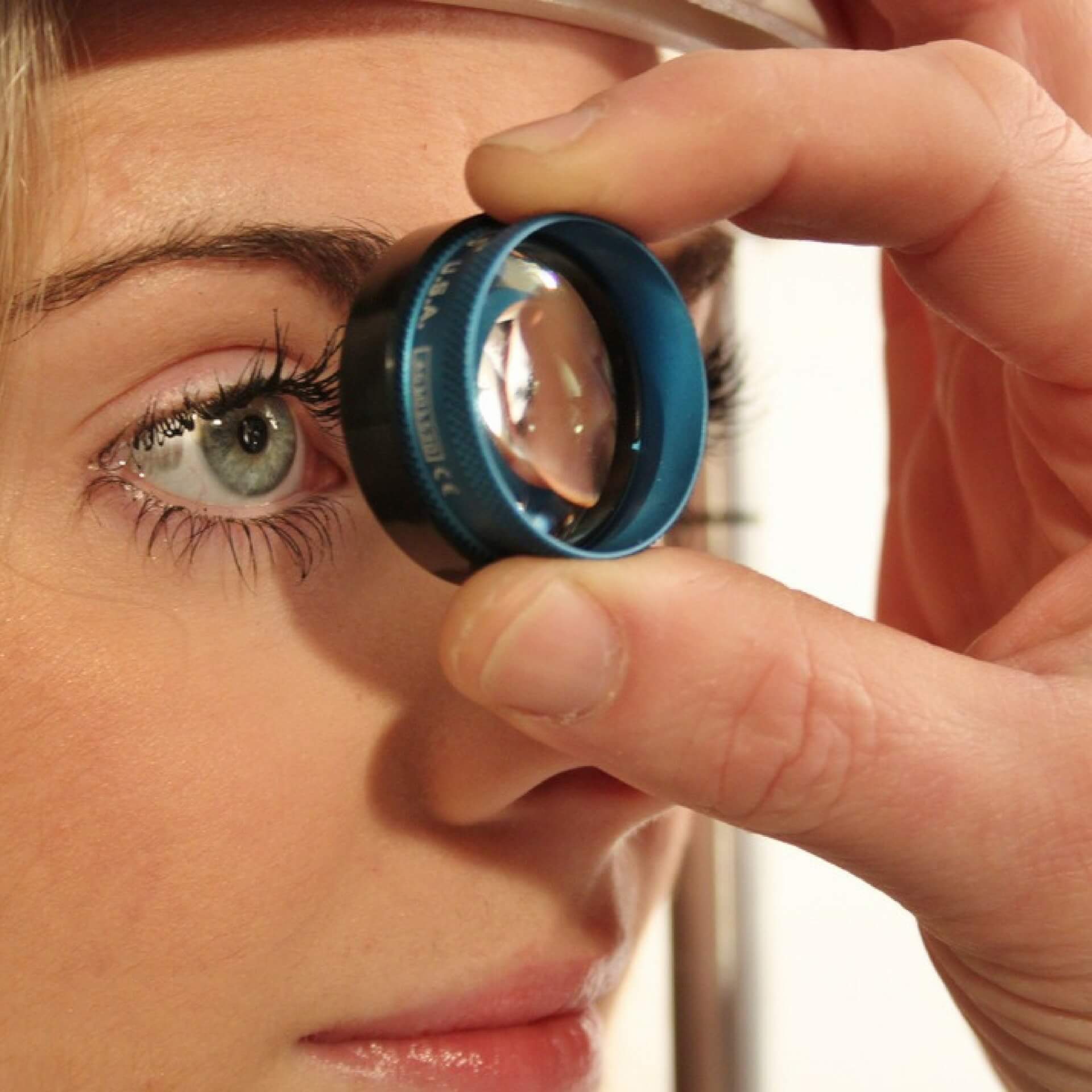
Ginkgo biloba: An adjuvant therapy for progressive normal and high tension glaucoma
Gingko biloba has been used for hundreds of years to treat various disorders such as asthma, vertigo, fatigue and, tinnitus or circulatory problems. Two of the main extracts are EGb761 and LI 1370. Most pharmacological, toxicological and clinical studies have focused on the neuroprotective [...]

Association Between use of Specialty Dietary Supplements and C-Reactive Protein Concentrations
Abstract Laboratory evidence suggests that certain specialty dietary supplements have antiinflammatory properties, though evidence in humans remains limited. Data on a nationally representative sample of 9,947 adults from the 1999–2004 cycles of the National Health and Nutrition Examination Survey were used to assess the [...]

Replacement therapy for vitamin B12 deficiency: comparison between the sublingual and oral route
Aims: To compare the efficacy of sublingual and oral administration of 500mg of cobalamin in subjects with cobalamin deficiency. Materials and results: Thirty subjects with low serum concentrations of cobalamin participated in the study. Subjects were randomly allocated to receive one tablet daily of [...]

The Role of Vitamin D in Cancer Prevention
ALTHOUGH VITAMIN D deficiency is known mainly for its association with fractures and bone disease, (1–7) its newly recognized association with risk of several types of cancer is receiving considerable attention. (8–11) The high prevalence of vitamin D deficiency, combined with the discovery of [...]

Silicon: A Review of Its Potential Role in the Prevention and Treatment of Postmenopausal Osteoporosis
Review Article Charles T. Price, Kenneth J. Koval, and Joshua R. Langford Orlando Health Department of Orthopedic Surgery, 1222 Orange Avenue, Orlando, FL 32806, USA Correspondence should be addressed to Charles T. Price; charles.price@orlandohealth.com Received 23 December 2012; Accepted 23 April 2013 Academic Editor: [...]

Prevention of age-related macular degeneration
Abstract Age-related macular degeneration (AMD) is one of the leading causes of blindness in the developed world. Although effective treatment modalities such as anti-VEGF treatment have been developed for neovascular AMD, there is still no effective treatment for geographical atrophy, and therefore the most [...]

Probiotics and Lactose Intolerance
1. Introduction Lactose is the main sugar in milk and therefore the main energy source for the newborn. Milk contains 4,8% lactose [1]. Lactose is a disaccharide consisting out of glucose and galactose. In normal physiological conditions lactose is hydrolyzed by lactase also known [...]

Prebiotics, Probiotics, and Synbiotics Affect Mineral Absorption, Bone Mineral Content, and Bone Structure
Abstract: Several studies in animals and humans have shown positive effects of nondigestible oligosaccharides (NDO) on mineral absorption and metabolism and bone composition and architecture. These include inulin, oligofructose, fructooligosaccharides, galactooligosaccharides, soybean oligosaccharide, and also resistant starches, sugar alcohols, and difructose anhydride. A positive [...]
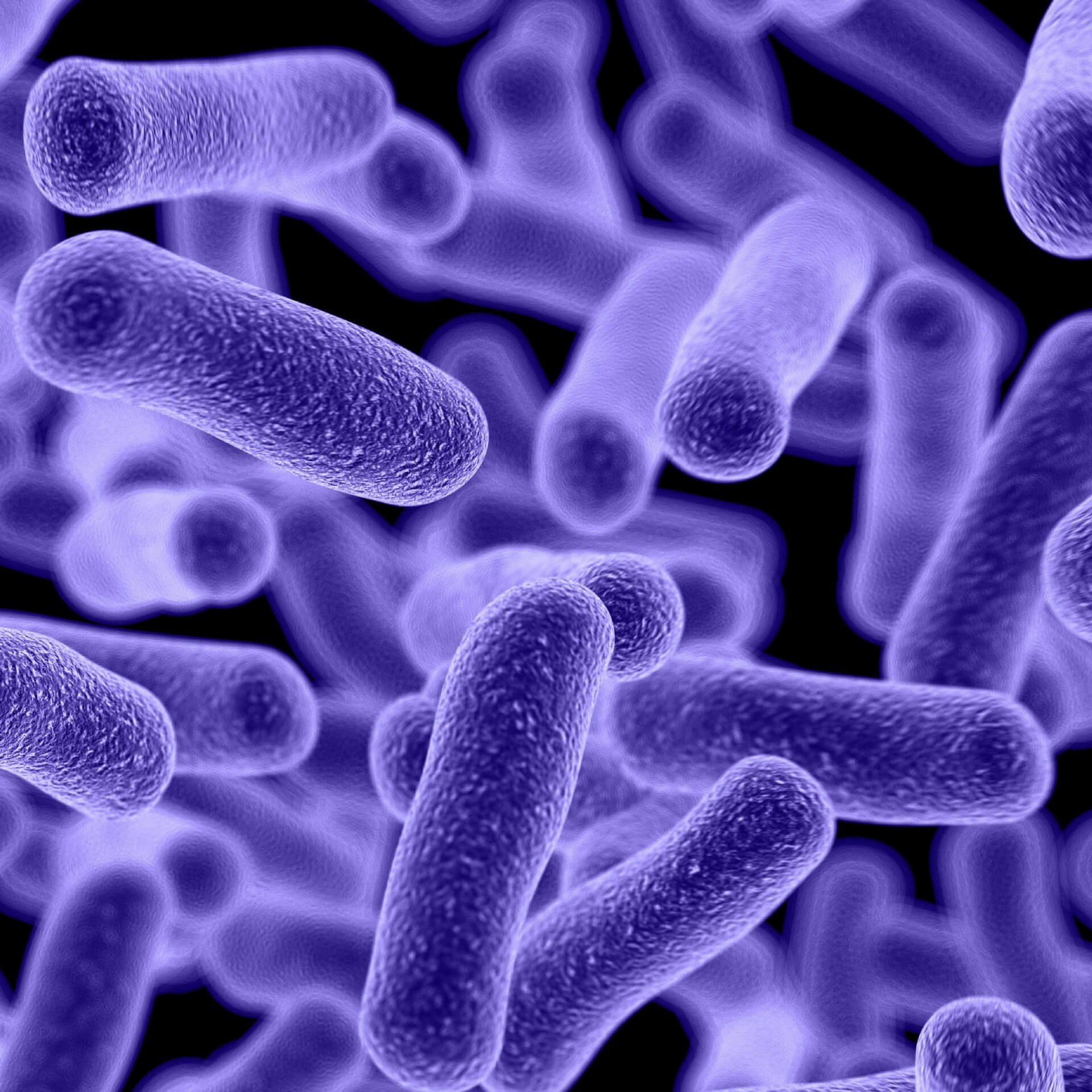
Dietary Modulation of the Human Colonie Microbiota: Introducing the Concept of Prebiotics
Abstract: Because the human gut microbiota can play a major role in host health, there is currently some interest in the manipulation of the composition of the gut flora towards a potentially more remedial community. Attempts have been made to increase bacterial groups such [...]
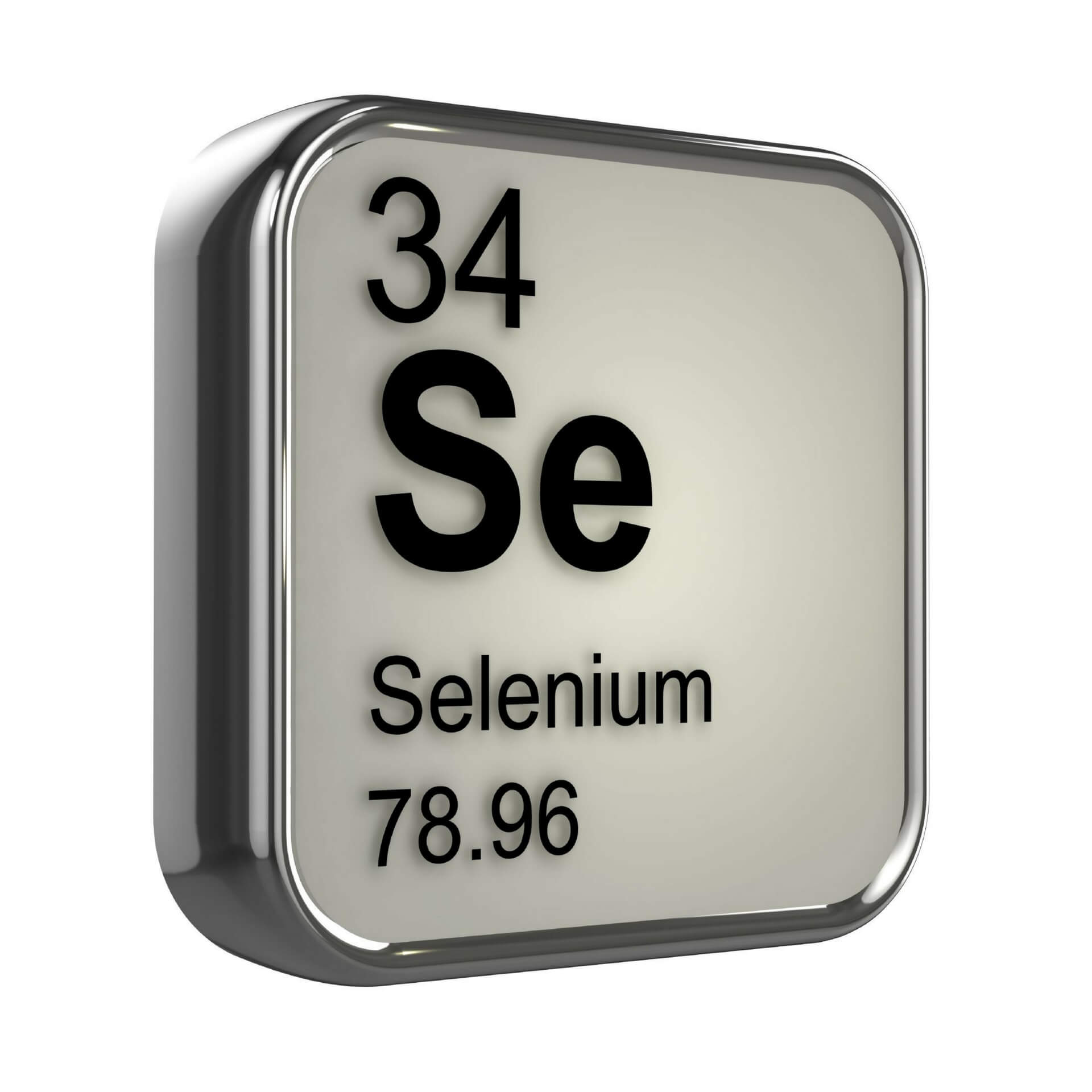
Effect of Parenteral Selenium Supplementation in Critically Ill Patients: A Systematic Review and Meta-Analysis
Abstract: Background: It is currently unclear whether parenteral selenium supplementation should be recommended in the management of critically ill patients. Here we conducted a systematic review and meta-analysis to assess the efficacy of parenteral selenium supplementation on clinical outcomes. Methods/Principal Findings: Randomized trials investigating [...]

Micronutrients in Age-Related Macular Degeneration
Abstract: Several lines of evidence from in vitro and in vivo studies suggest that specific micronutrients may have beneficial effects in age-related macular degeneration (AMD). Such effects appear to be complex and may include filtering short wavelength light and attenuating oxidative and inflammatory damage [...]

The Role of Lutein in Eye-Related Disease
Abstract: The lens and retina of the human eye are exposed constantly to light and oxygen. In situ phototransduction and oxidative phosphorylation within photoreceptors produces a high level of phototoxic and oxidative related stress. Within the eye, the carotenoids lutein and zeaxanthin are present [...]

Dry Age-Related Macular Degeneration: Mechanisms, Therapeutic Targets, and Imaging
Age-related macular degeneration is the leading cause of irreversible visual dysfunction in individuals over 65 in Western Society. Patients with AMD are classified as having early stage disease (early AMD), in which visual function is affected, or late AMD (generally characterized as either ‘‘wet’’ [...]

Intracellular Uptake Mechanism of Lutein in Retinal Pigment Epithelial Cells
ABSTRACT - Purpose. Methods. ARPE-19 cells were used for the study on the accumulation mechanism of lutein. The concentration of lutein was determined using an HPLC system. Involvement of scavenger class B type 1 (SR-B1) in the accumulation of lutein in ARPE-19 cells was [...]

Primary Prevention of Cardiovascular Disease with a Mediterranean Diet
Background Observational cohort studies and a secondary prevention trial have shown an inverse association between adherence to the Mediterranean diet and cardiovascular risk. We conducted a randomized trial of this diet pattern for the primary prevention of cardiovascular events. Methods n a multicenter trial [...]

Proton Pump Inhibitors and Risk of Vitamin and Mineral Deficiency
Abstract: Proton pump inhibitors (PPIs) remain the superior choice worldwide in antisecretory therapy in the evidence-based treatment of upper gastrointestinal disorders including gastroesophageal reflux disease, erosive esophagitis, dyspepsia and peptic ulcer disease. PPI overutilization in ambulatory care settings is often a result of failure [...]
Your Content Goes Here
Your Content Goes Here
